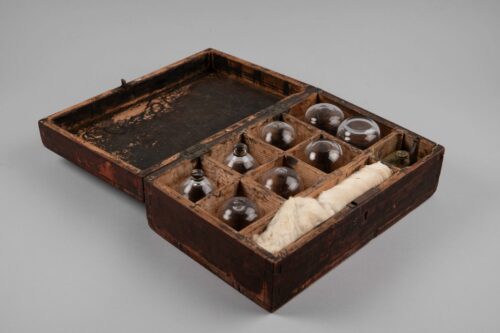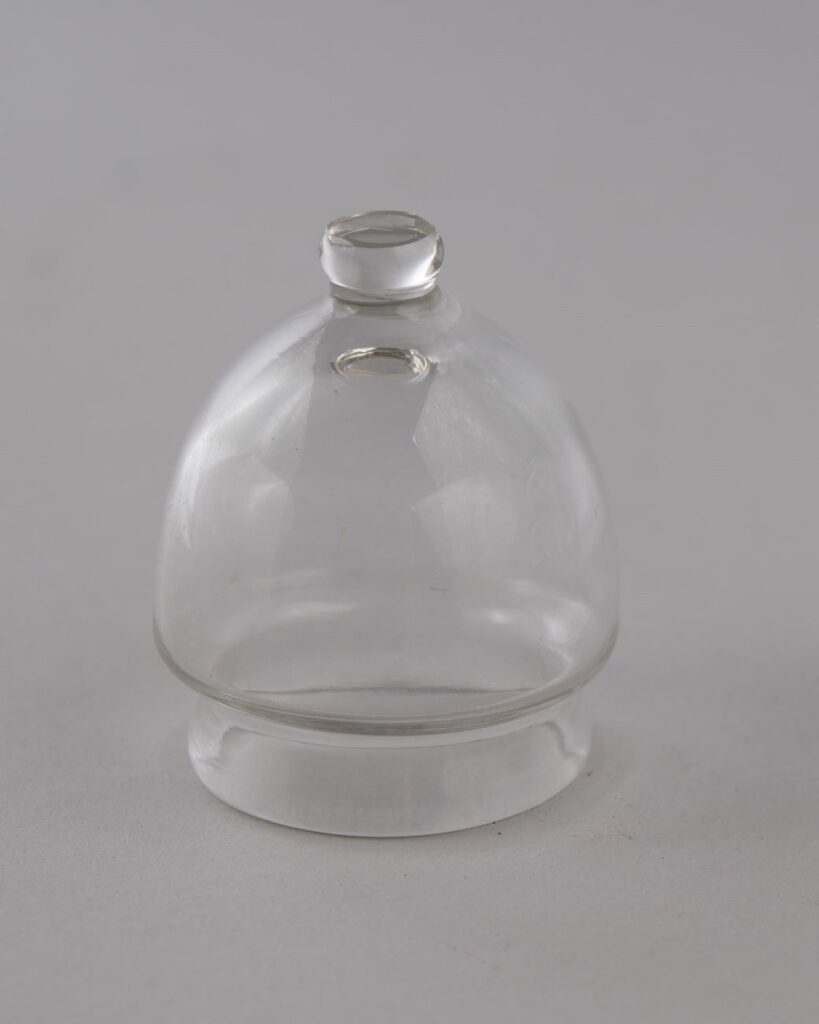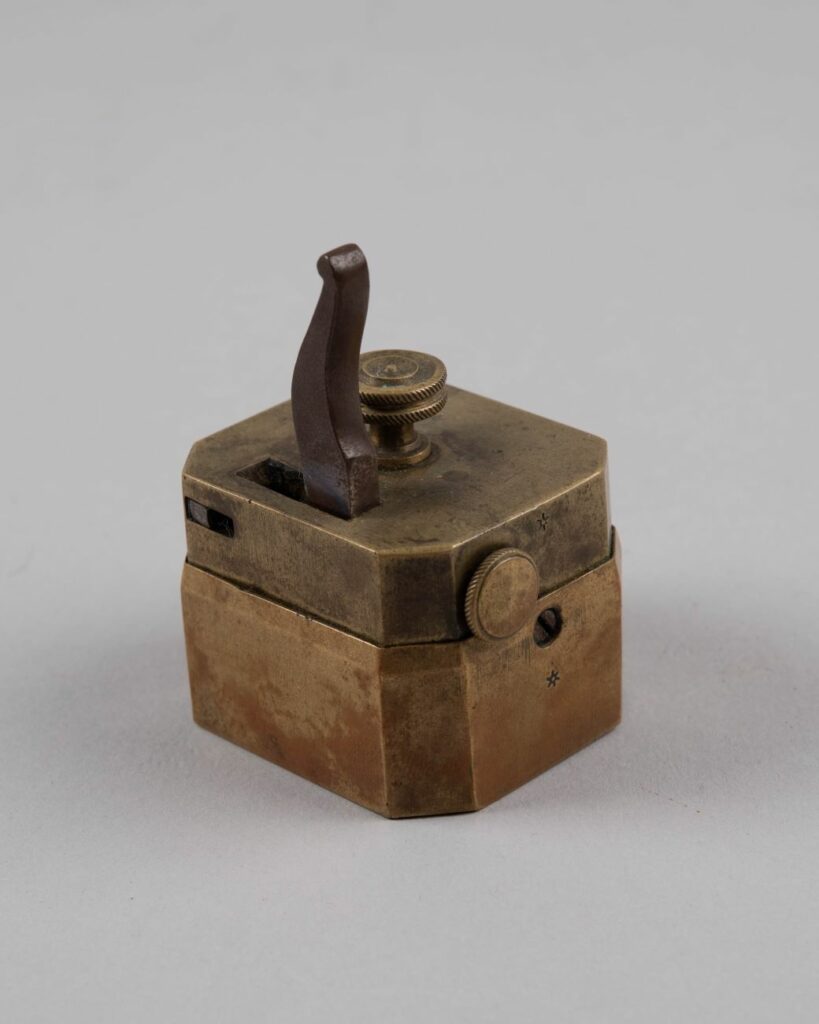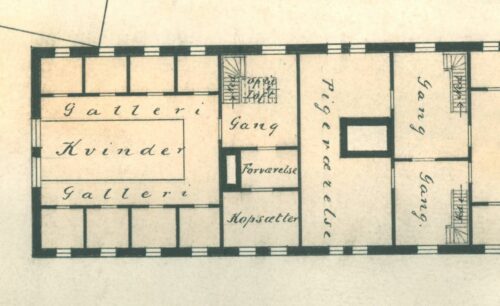Cupping and bloodletting
Bloodletting was a common treatment method in times past and involved draining varying amounts of blood from the patient. The purpose was to remove blood from the body, as it was believed that an excess of blood could cause disease. The procedure could be performed using leeches, by making incisions in the skin and letting the blood run out, or with cupping. Cupping involved small incisions being made in the skin, often using a scarificator. A hollow object was placed over the wounds to draw out blood.
This treatment had its origins in an understanding of disease dating back to ancient Greece and had existed for centuries. Disease was understood as an imbalance between the four bodily fluids: blood, phlegm, black bile and yellow bile. To rid the body of disease, the balance of fluids had to be restored, by, for example, removing blood or sweat. Treatment often consisted of bloodletting, laxatives, encouraging perspiration or inducing vomiting.
With the development of modern medicine during the 19th century, focus began to shift towards finding the cause of disease in the cells of the body. Although this approach had been prevalent since around 1850, the practice of bloodletting and cupping continued to some extent – primarily at the request of patients. Many of the residents at St. Jørgen’s reported feeling better after bloodletting. In 1863, leeches were still being purchased for this purpose by Pleiestiftelsen Hospital. However, Nikolai Ordahl, the cupper in Pleiestiftelsen in 1898–99, describes only performing one bloodletting at the hospital that year.
Cupping was in active use at Lungegård Hospital until the 1890s. Head physician Danielssen had great faith in what he called blood cups, which along with internal medicine and various kinds of bathing, formed part of his regular treatment routine. The cups were normally placed on either the patient’s thighs or calves, or on their backs. In many cases, the number of cups placed on a patient during a three-year period was documented. At the end of the 1890s, a number of discharged patients were deemed cured after a treatment consisting of bathing and cupping.




Cupping set with several glass cups.
Photo: Bergen City Museum.

Bergen City Archives.



